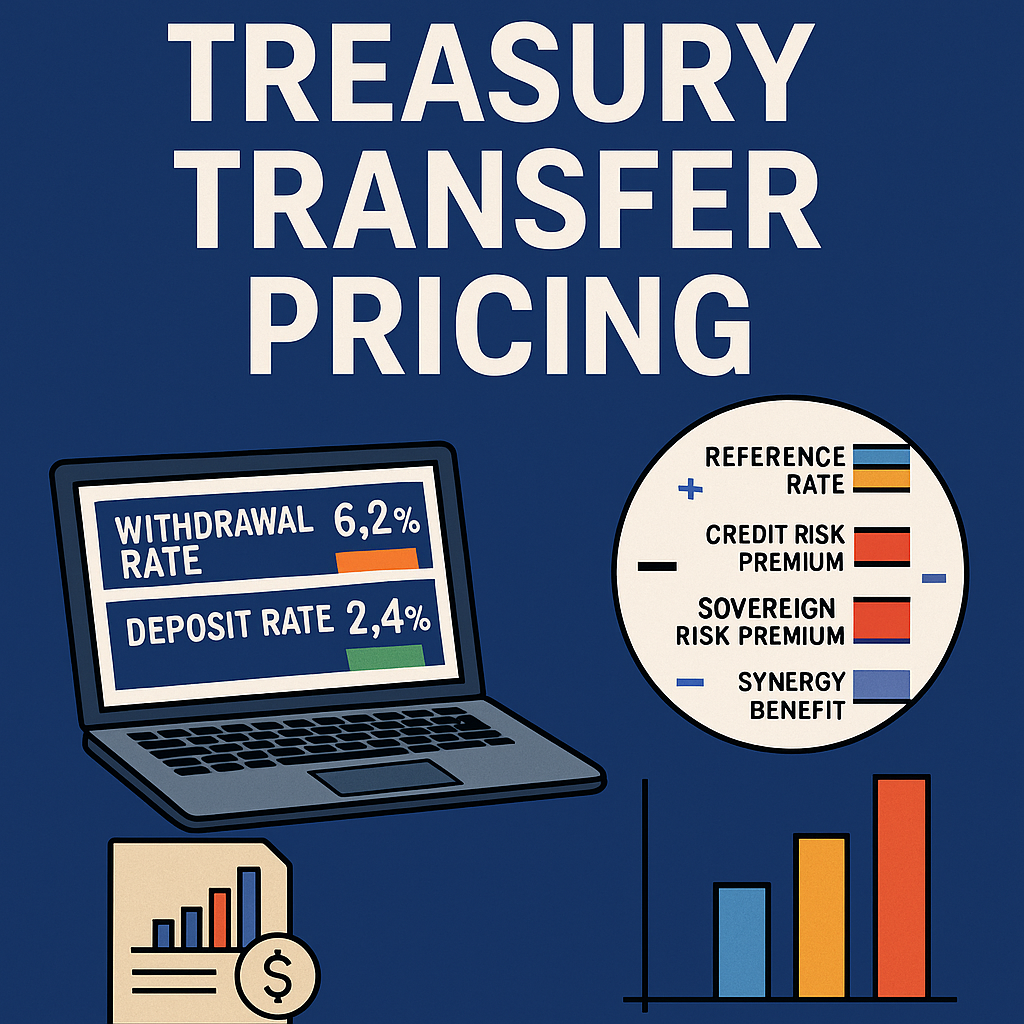Real-world examples provide invaluable insights into how organizations effectively implement derivative strategies to manage financial risks. This chapter examines case studies across various industries, highlighting challenges, solutions, and outcomes.
- Case Study: Managing FX Risk in a Multinational Corporation
Scenario:
A multinational consumer goods company faced significant FX risk due to revenues in multiple currencies, including Euros, Yen, and GBP, while expenses were primarily in USD.
Challenges:
- High volatility in exchange rates.
- Mismatched currency inflows and outflows.
- Difficulty in forecasting cash flows accurately.
Solution:
- Implemented a natural hedging strategy by matching currency inflows with outflows where possible.
- Used FX forward contracts to hedge forecasted revenues in volatile currencies.
- Integrated a Treasury Management System (TMS) for real-time monitoring of FX exposures.
Outcome:
- Reduced FX-related earnings volatility by 35%.
- Achieved greater predictability in cash flows, supporting strategic planning.
- Enhanced treasury efficiency through automated processes.
- Case Study: Interest Rate Risk Management in a Real Estate Firm
Scenario:
A real estate developer relied on floating-rate loans to finance large construction projects, exposing the company to rising interest rates.
Challenges:
- Increasing debt servicing costs.
- Difficulty maintaining budget predictability for long-term projects.
Solution:
- Executed interest rate swaps to convert 70% of floating-rate debt into fixed-rate.
- Used interest rate caps to limit exposure for the remaining debt.
Outcome:
- Stabilized interest payments, enabling accurate budgeting.
- Protected against significant rate increases, saving $2.5 million in potential costs over three years.
- Case Study: Commodity Price Hedging in an Airline
Scenario:
A regional airline faced rising and unpredictable fuel costs, which represented a significant portion of its operating expenses.
Challenges:
- Volatility in crude oil prices.
- Pressure to maintain competitive ticket pricing despite fluctuating fuel costs.
Solution:
- Entered into long-term futures contracts to lock in jet fuel prices for 12 months.
- Diversified hedging instruments by using options to provide upside flexibility.
Outcome:
- Achieved a 20% reduction in fuel cost volatility.
- Maintained competitive pricing while protecting profit margins.
Conclusion
These case studies illustrate how organizations across industries effectively leverage derivatives to mitigate financial risks and achieve strategic goals. The lessons learned can guide the design and execution of derivative strategies in other contexts.








Leave a Comment
You must be logged in to post a comment.